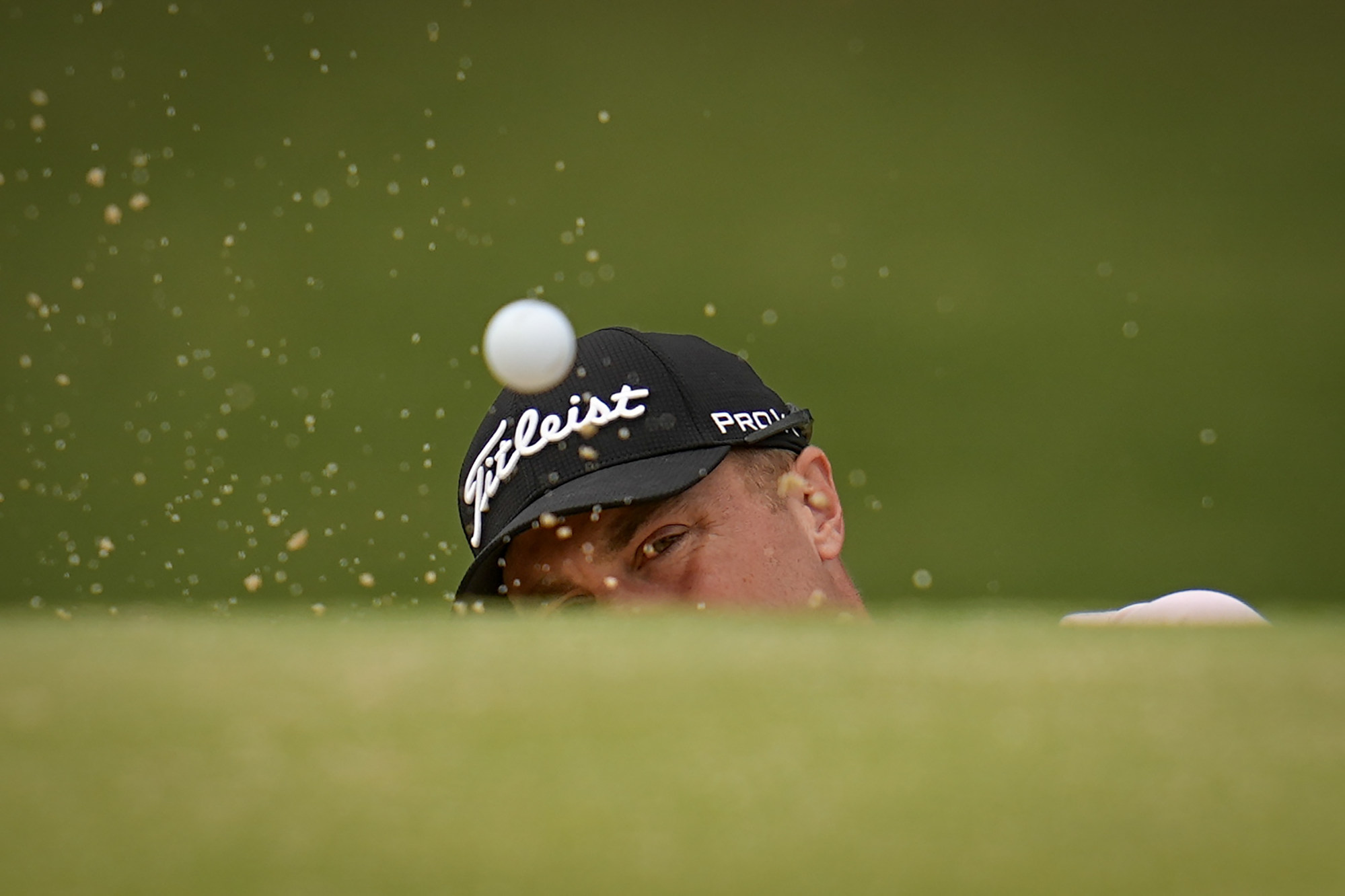
Want to take amazing action sports photographs? Take these six easy steps
- Always have your camera ready to shoot, and in the fastest possible settings to achieve a sharp image
- Know your location, pre-visualise the shots, check the lighting in advance and where it will fall at different times of the day
Action and sports photography is one of the toughest photographic genres to master.
Many assume that you need ultra expensive gear to get those crisp and bold images, and yet with a little practice and knowledge you can improve your images hugely, even with just a mobile phone.
Shooting sporting events is fast and furious, and you generally have no real flexibility with lighting or with how the event plays out, and so you need to work with what you have and to cover all bases.

This means scouting the venue for your chosen shooting positions, and also having 2-3 plan B options, as spectators and other photographers will inevitably get in front of you at the crucial minute (take this on the chin and move on).
Always have your camera ready to shoot, and in the fastest possible settings (shutter speed 500+) to achieve a sharp image. If you have a circuit based event or an arena you can always play around with settings once you have a sharp shot in the bag.
Unless you are able to get very close to the action then step back and look for the bigger picture. Including the fans, the surroundings, and telling a greater story can be very impactful.

Wider and scenic shots are also more forgiving on non-pro gear, including mobile phones – which are great for this wider perspective.
Set up or shoots on the go (such as when you may be out for a ride or a run) are where you can slow down, work with compositions, choose the best lighting times, and – of course, reshoot until you get what you want.
Know your location, pre-visualise the shots, check the lighting in advance and where it will fall at different times of the day (an app such as Photo Pills or Sunseeker will help plot this).

Think about the shot and where you want the subject to be and then work the scene by taking several differently framed shots, using burst mode to speed things up.
Always work with the “rule of thirds and leading lines.” This means placing your subject in off centre 1/3 of the frame and having some defined lines to either show directions or make for interesting shapes. A good example would be a trail leading in front of or behind the subject at an angle, which draws the eye into the images and shows location and scale.
Be sure to also shoot some close in shots, maybe even partly obscuring the subject, to give a dynamic action impact to the image.

If you know where you exactly where you want the subject to be pre-focus the camera and lock settings or switch to manual focus.
If you plan on making a career out of shooting Tour de France stage finishes and Olympic finals then you will need to invest in high-end gear, and gain the experience in using it. However, it is possible to get great action images with any gear, especially in good lighting.
Recent mobile phones are also great for action photography, as they have superb autofocus and are fast and easy to use. Their main downside is that they lack focal length options and depth of field, and they struggle in low light.
If you are investing in gear then fast aperture lenses are where to spend (f2.8 or faster is ideal).

6 steps to better action photography
Step outside the box: stand back and look around. Sometimes walking away from the obvious shot will give a completely original take on a scene.
Be prepared: have all of year gear ready to shoot. Know where everything is (including your settings), where you want to be and be precise but flexible in what you do.
Work with what you have: know your kit limitations and work around them. That may mean getting closer or taking a wider view. Shooting on uphill sections is always good, as your subject is slower and shows more emotion.
Steady does it: if you’re out on a ride or run and stop to take an image slow down and get your breath back before shooting. Better still, sit or lean against something to steady the camera.
Treat it like a real camera: if you are using a mobile device then use it as if it was a real camera.
Clean your lens: hold it with both hands, and use the camera exposure slider (mostly by swiping left/right) and tap to set focus.
